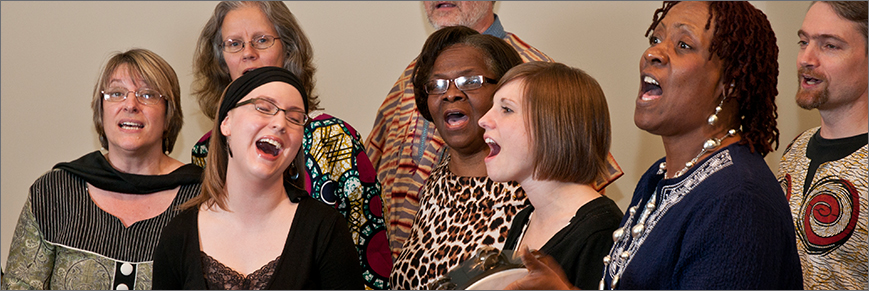
Who Are The Mennonites?
Mennonites in 3 Minutes
A Brief History of the Mennonites
 Today’s Mennonite Church is one of several groups that grew out of the Protestant Reformation in the early 1500s. In those days, most people in Europe, including reformers like Martin Luther and Ulrich Zwingli, assumed the church should be established by or connected to the government.
Today’s Mennonite Church is one of several groups that grew out of the Protestant Reformation in the early 1500s. In those days, most people in Europe, including reformers like Martin Luther and Ulrich Zwingli, assumed the church should be established by or connected to the government.
A small group of others, however, felt that the New Testament and the example of the earliest Christians taught that the church should be separate from the state. They believed people should voluntarily follow Christ through adult baptism, rather than join the state church through infant baptism. They were also passionate about sharing their faith with others.
This alternative movement was launched in 1525, when Conrad Grebel led a group in baptizing each other in Zurich, Switzerland. Official churches immediately opposed the group and many others like it in Europe. Thousands of these Anabaptists (“rebaptizers”) were persecuted and martyred during the next two generations.
Menno Simons converted to Anabaptism in 1536, in the Netherlands. He traveled throughout northwestern Europe, strengthening and defending the persecuted Anabaptists through his preaching and writing. Eventually, many Anabaptists came to be called Mennonites.
Mennonite/Anabaptist Global Expansion
Using the Bible as their guide, early Anabaptists took seriously Christ’s command to go into the world to witness to people everywhere, even across national boundaries. Persecution and hardship also scattered the increasing number of Mennonites.
Some trekked across Europe into Poland in the 16th and 17th centuries and then into Russia at the invitation of Catherine the Great in 1789. Others migrated from Europe to North and South America. All were looking for a place to establish homes and churches where they could practice Christian faith as they believed.
Global expansion also came through the mission and service work of Mennonites in the late 19th and 20th centuries. Today over half of the world’s Mennonites are found in India, Congo, Indonesia, Ethiopia, Brazil, and other countries outside of Europe and North America. See MennonitesAllOverWorldMap. (Click on various continents to find which countries have Mennonites.)
In Canada and the United States, some 46 groups claim roots in the Anabaptist movement, including the Mennonite Church, the Mennonite Brethren, the Brethren in Christ, the Amish, and the Hutterites. Beyond local congregational life, Mennonites have established many cooperative ministries, including colleges and seminaries, mutual insurance programs, health service, and aid organizations.
***
On the lighter side, if you’d like to view a hip young Mennonite woman’s perspective (lives in eastern Canada) on some of the questions people have asked her about Mennonites, click here. Enjoy!



